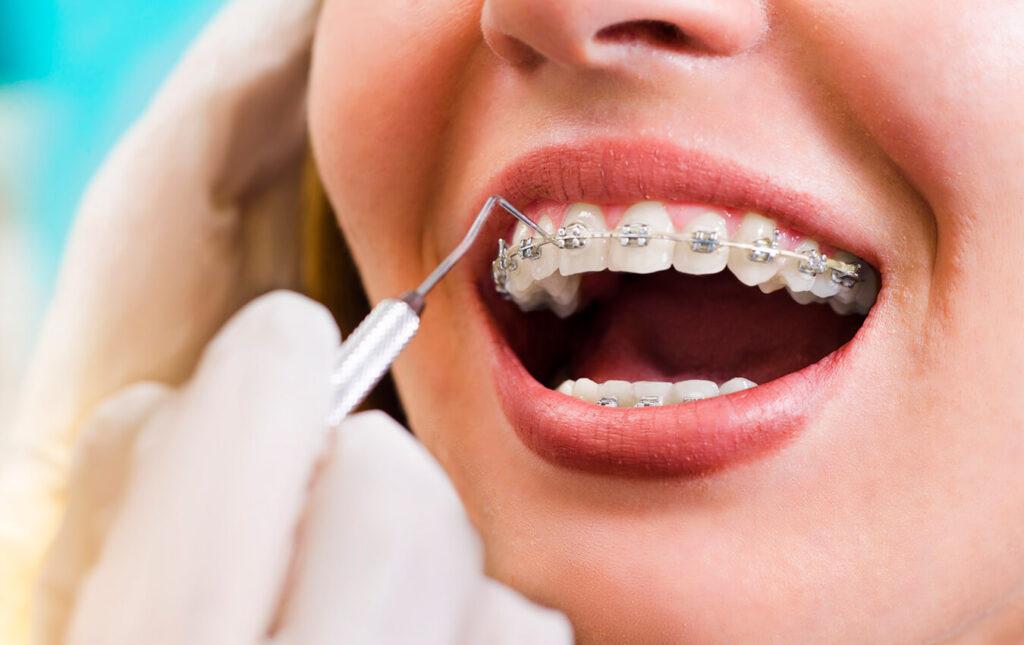
Benefits
- Braces and retainers straighten the teeth and improve the patient’s appearance;
- They improve the patient’s bite;
- They help teeth stay set in their position after they have straightened;
- They help control the teeth shift that naturally occurs;
- Sometimes they are used to help medical problems, such as tongue thrust (this is a condition where the tongue sneaks through the teeth as the patient talks).
Who is this procedure for?
Although braces and retainers are mostly seen in children, they are for children and adults alike, since the mechanical process that is used to move the teeth is the same at any age. However, certain corrections in adults can take longer as adult bones are no longer growing; as well as that, in some cases adults may require more than braces to straighten their teeth.
Who should not consider this procedure?
Braces and retainers should not be worn by children under the age of 12 – only by this age will the permanent teeth have erupted.
What happens before the procedure?
The orthodontist is the only one who can tell a patient if he or she needs braces or retainers. If they do, the orthodontist will take impressions of the teeth.
What happens during the procedure?
The procedure consists of attaching tiny brackets to the patient’s teeth using special bonding agents. After that the orthodontist will place wires through those brackets. These wires act as tracks that create the “path of movement” which will guide the teeth. Ligatures (tiny elastic bands) can also be used to hold the wires to the brackets; there is a multitude of colors for patients to choose from.
What happens after the procedure?
The treatment period can vary from one person to another, depending on factors such as the severity of the problem, the distance the teeth must travel and how closely the patients follow the instructions. However, it is estimated that on average a person wears braces and retainers for 1 to 3 years.

